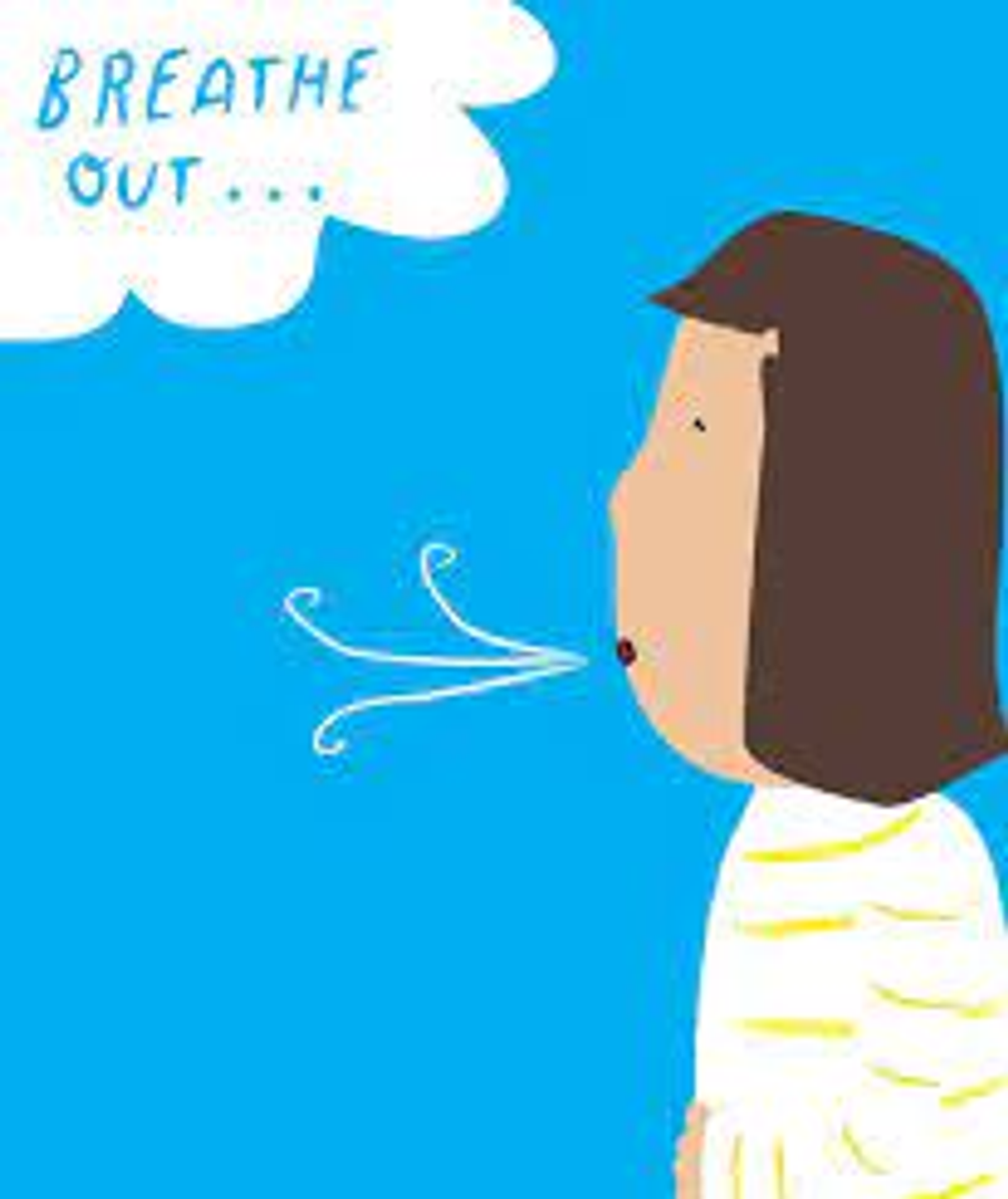Wellbeing News

Hello, SMDP community,
I am thrilled to introduce myself as the newest member of the SMDP family! My name is Jing Wen Ching (Jing), and I am honoured to join as the psychologist serving our school community.
My role entails:
- consultation with teachers, educational support staff and SMDP leadership, parents/legal guardians
- observations
- implementing wellbeing programs
- direct evidence-based intervention/counselling with students
- cognitive and academic/learning-based assessments;
- social, emotional and behavioural assessments
I provide psychological service onsite at SMDP on Tuesdays, please feel free to reach out to me at jching@smdplaverton.catholic.edu.au.
Supporting our students to cope with events in the news
Over the last week, we have seen tragedy and sadness unfold across our screens as we watch what is happening in our world. As parents and teachers it can be a very difficult time to answer the questions that our students have. How do we make sense of what they are hearing? What should we say? How can we balance their feelings of safety and optimism when there is an abundance of scary news?
A few years ago, I was fortunate enough to listen to Dr Dawn Huebner (Clinical Psychologist, parent coach, author and speaker) who has published a variety of books to support children in communicating their worries and anxieties about the world around them.
Below are some really helpful strategies to help support you and your family in navigating the reality of engaging in conversations about what is happening in the world.
Basic Principles when talking to children about scary news
Monitor your own reaction - When hearing difficult news, children look to adults for cues about what to think and how to feel. It is ok to let your children know that you are upset but keep in mind that expreme displays of emotion are frightening to children. Try to process your more complicated feelings elsewhere. Maintain a calm presence from your children, and they will be calmer too.
Remember even bright children are still just children - Children are not little adults. They are more concrete and literal in their thinking. Your words form the basis of their beliefs. Be careful about negative thinking sweeping generalizations and explanations that cast groups of people as bad.
Limit exposure to the news - Ask what they know and validate their feelings. Reassure your child while responding calmly and rationally to their questions.
Maintain routines - Routines are hugely comforting. They help children know what to expect and signal that they are safe and well.
Watch for changes - Signs that children are struggling emotionally include problems with sleep, becoming more clingy, physical complaints, sadness and fear. If changes last more than a week, talk to a pediatrician or seek help from a mental health professional.
Huebner, G. (2020). Something Bad Happened: A kids Guide to coping with events in the news. PP 7-9
How to begin conversations when children are curious about what is happening on the news
Ask what they already know about
“Something happened”
“Have you heard about”
“What do you know”
Use simple terms, skip the gore
“There was a fire”
“Some people got hurt”
“The earth is getting warmer”
“There was an accident”
Acknowledge and validate feelings
“It is scary to hear about this”
“This is hard”
“There are things we are still learning”
Strategies for calming a brain in high alert (anxious)
- Breathing technique: Take in a deep breath through your nose and then imagine you are blowing out a candle or blowing big bubbles that float away. Breathe out through your mouth. Continue to do this for a few minutes, deliberately slowing down the breaths each time.
- Mindfulness muscle relaxation - ‘Tense and Relax’ technique. Closing your eyes, tense and then relax each part of your body starting with your toes. E.g. tense up all the muscles in your toes by ‘scrunching’ them up as tight as you can. Then relax the toes by letting them ‘flop’. Then move up to your feet, ankles, lower legs etc and continue up to your face and head. Take time to tense and then relax each area.
- Intentional Distraction - Engage with your child in an activity they enjoy. Encourage your child to make a list of activities that they enjoy to do and display it so that they can refer to it when needed. It may include reading books, playing outside, using play dough, puzzles, baking with you.
Chiara Genovese
Learning Diversity Leader
Simone Whitehead
Family Engagement Leader
Kathy Blythe
Wellbeing Leader






